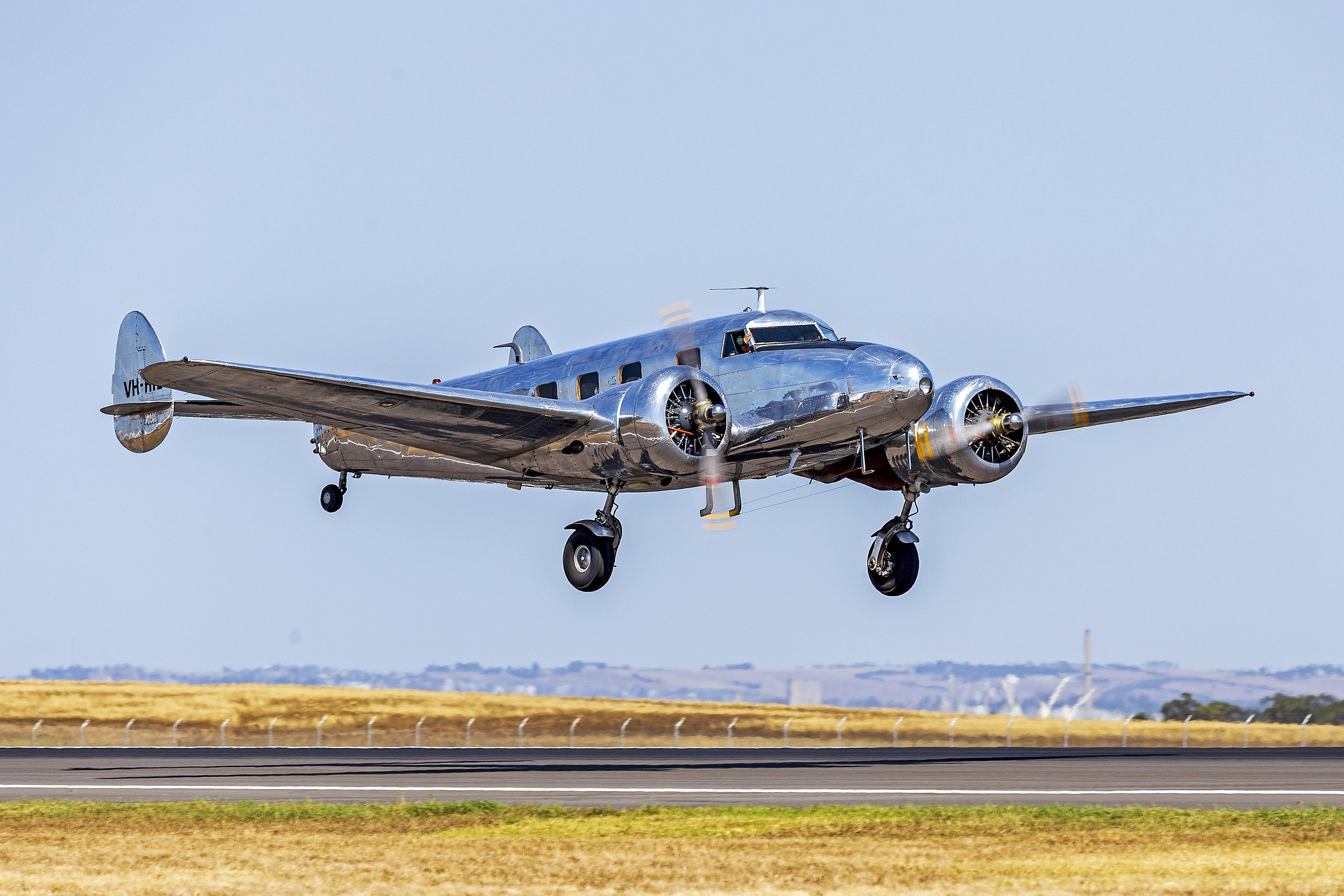Lockheed 12A Electra Junior. Photo: Eric Salard / CC BY-SA 2.0 DEED.
The Lockheed Electra 12, more commonly known as the Lockheed 12 or L-12, was an eight-seat, six-passenger all-metal twin-engine transport aircraft of the late 1930s1. Designed for use by small airlines, companies, and wealthy private individuals1, this aircraft would have gone relatively unnoticed in the skies of Europe in the years before World War II. However, beneath its unassuming exterior, the Lockheed 12 held a secret: it was one of Britain’s first spy planes.
The Lockheed 12 was not just a civilian aircraft. It was equipped with the capability to gather photographs of what was happening on the ground in Europe. Cameras could be fitted in the cabin and in the leading edge of the wing, turning this seemingly ordinary transport aircraft into a valuable tool for aerial reconnaissance.
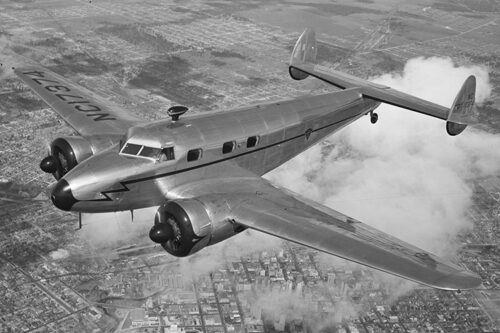
Sidney Cotton: The Man Behind the Lens
A name that will always be associated with the Lockheed 12 is Frederick Sidney Cotton OBE. Born on June 17, 1894, in Queensland, Australia, Cotton was an inventor, photographer, and aviation and photography pioneer. He was responsible for developing and promoting an early color film process and was largely responsible for the development of photographic reconnaissance before and during World War II.
As a teenager, he built his own light car, which was quite successful. The component designs were later used in Frazer Nash cars. His interest in engineering and invention was evident from an early age.
In 1915, at the age of 21, he moved to England and joined the Royal Naval Air Service (RNAS) as a pilot. After only 5 hours of solo flying, he was sent to the front line. His experience with high-level and low temperature flying led Cotton in 1917 to develop the revolutionary new “Sidcot” suit, a flying suit which solved the problem pilots had in keeping warm in the cockpit.
After the First World War ended, Cotton moved to Canada where he was engaged in aerial surveys, game spotting, and seal spotting. He then turned to aerial photography, taking pictures of the Grand Canyon and other places. This turned out to be very successful and in 1938, Cotton returned to England and started up a company making aerial surveys called Aerofilms.
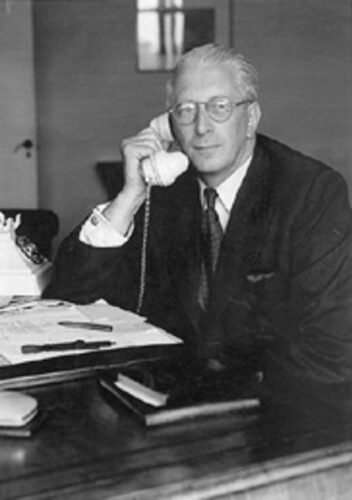
Cotton’s involvement with the Lockheed 12 and aerial reconnaissance during the Second World War was significant. While running Aerofilms, he was also working for the British Secret Intelligence Service (SIS), commonly referred to as MI6, touring all over Europe taking colored aerial photographs of strategic sites, using his business as cover.
On one occasion, he even managed to photograph the entire area of the Rhine at Mannheim, a restricted area, including the German Fleet at Wilhelmshaven on the way back. His work in aerial photography and his inventions significantly contributed to the development of photographic reconnaissance before and during World War II.
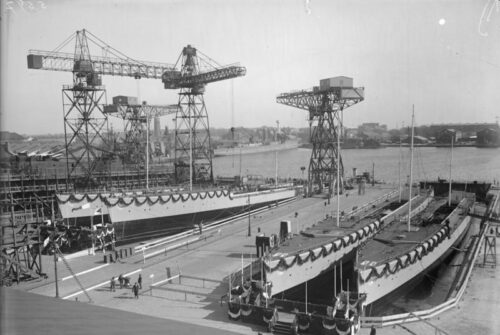
The Legacy of the Lockheed 12 and Sidney Cotton
The Lockheed 12 and Sidney Cotton played crucial roles in World War II providing valuable intelligence under the noses of Nazi Germany. The Lockheed 12, with its ability to capture detailed photographs from the air, and Sidney Cotton, with his pioneering work in aerial photography, were instrumental in the war effort.
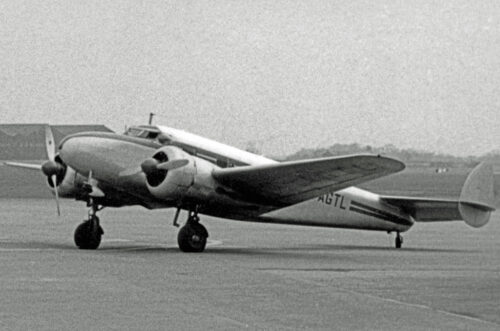
Despite the many myths and legends that have built up around this aircraft and Sidney Cotton, their contributions to aerial reconnaissance during World War II are undeniable. The Lockheed 12 and Sidney Cotton remain symbols of innovation and courage, demonstrating how ordinary objects and individuals can rise to extraordinary heights when faced with extraordinary circumstances. Cotton passed away on February 13, 1968, aged 74, in Lickfield, Sussex, England.
Resource
Imperial War Museums
IWM.org.uk
*The views and opinions expressed on this website are solely those of the original authors and contributors. These views and opinions do not necessarily represent those of Spotter Up Magazine, the administrative staff, and/or any/all contributors to this site.

